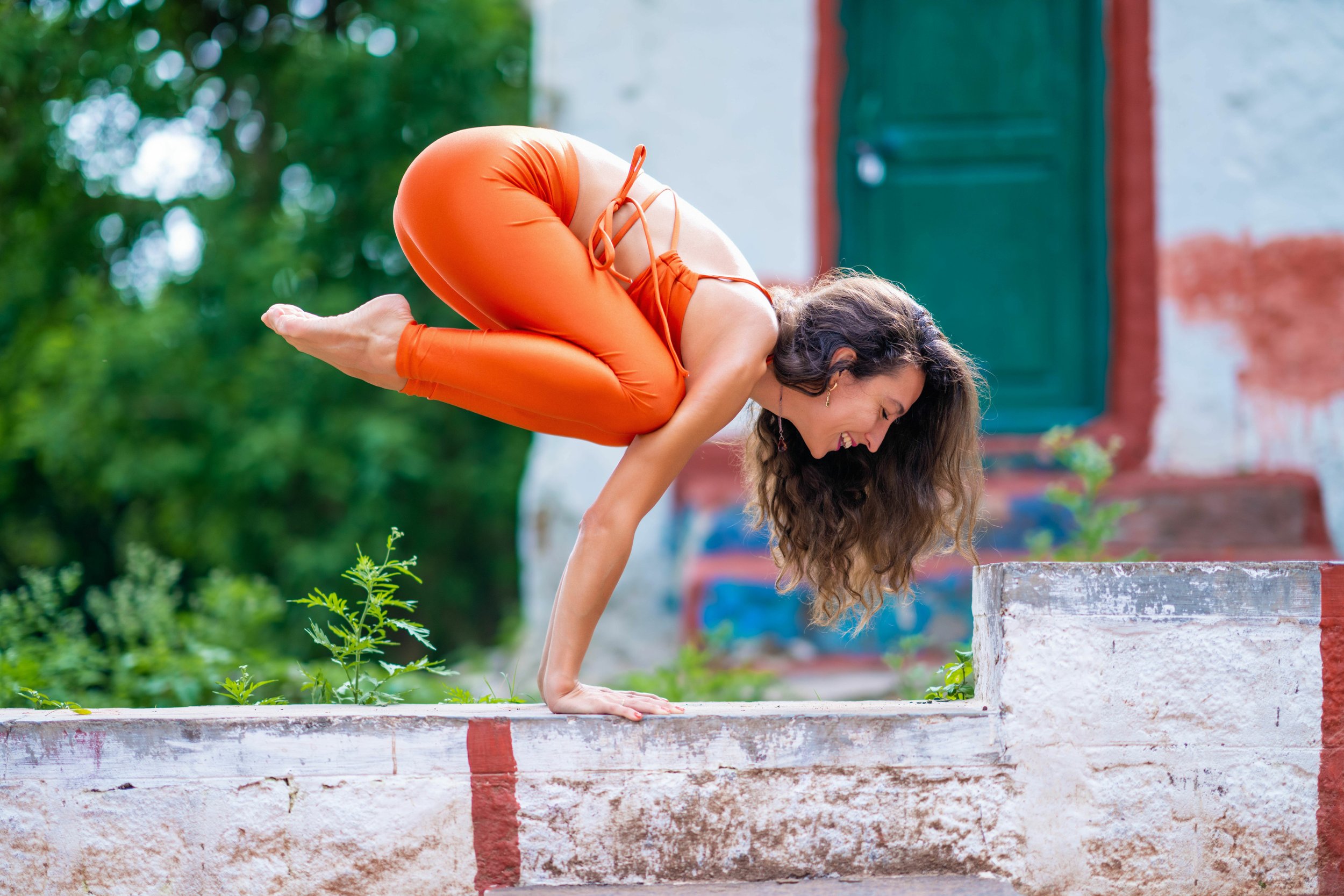How can you be mindful in a yoga class?
Well, I’ll tell you, friend: mind body awareness.
That’s a fancy phrase to say: LISTEN to your body, including your mind.
We tend to think of the mind and body as separate when they’re inherently interconnected. Remember when I referenced “The Body Keeps the Score” in my first blog? No? That’s okay.
Let me refresh your memory. The full title is: “The Body Keeps the Score: Brain, Mind, and Body in the Healing of Trauma” by psychiatrist Bessel van der Kolk.
I firmly believe we all have trauma. You can call me out on it due to the fact that I’m part of Gen Z and “we all like to self-diagnose ourselves", but I still believe it. Why?
In one of my very first therapy sessions, my therapist told me so and she’s saved my life in more than one instance. So, of course, I trust her implicitly.
Second, I had a really wonderful childhood with great parents who did everything they could and more for me. Yet, there was (and still is) unhealed pain and suffering I’ve had to work through in therapy.
I’ve never broken a bone. I’ve never suffered through any major injuries or chronic illnesses. The closest I’ve gotten is actually practicing crane pose (bakasana) in yoga a couple months back and busted my chin. No stitches, but you know what I’m hesitant of practicing of again even though I really think I could do it? Crane pose (shown above).
The point is: everyone goes through some type of pain or the other. You don’t have to call it “trauma.” You can call it whatever you like. You can call it mud for all I care.
The body keeps the score and you don’t have to sacrifice your body for the sake of a pose.
You’ve probably heard it over and over again if you’ve practiced yoga for a while, but if you’re a newbie, it’s a concept that every teacher wants their students to understand.
Yes, that includes headstand, or the ones you think you should be able to do but for some reason just can’t. Keep practicing.
In a month, maybe you’re ready to try it. Not just mentally, but physically.
It’s often the mental battle we have to get through first. We don’t want to get hurt. Especially if we’ve had prior injuries. But how are we supposed to know what our body is capable of if we don’t try?
That day I busted my chin in bakasana, I was ready to try it. I had done prep work for it. I felt like it should have been easy-peasy. That was my ego talking. In reality, I wasn’t ready and I wasn’t fully listening/watching my teacher.
That being said, I’m not going to stop practicing it. I’ll just practice with a pillow in front of me (just in case). It’s also an asana, that, like others, the more I try it, the better my body LEARNS how to hold myself up. I’ll never build the strength to hold my own body weight if I don’t try.
I try to remind my students of this every chance I get. Know when to back off when you feel a sharp pain. Know when to challenge yourself and just go for it.
You tend to learn to trust yourself more the more you repeat your practice. You start to build muscle memory and your body and mind start to intertwine. If you’re a beginner, you go through a mental process of seeing a pose, doing the pose, wondering if you’re doing it right, and then finally, become comfortable enough to land in it with ease, without any thought or attachment to its outcome.
You’re able to focus on your body, the energetic locks (bandhas), and your gaze (drishti) and it starts to becomes a meditative practice; one that’s safe and you don’t shy away from. This three-pronged approach is what’s known as Tristhana in Ashtanga yoga.
But I’m going to add one more: breath. The breath guides you in every asana, off your mat, in your sleep. Your breath is your teacher. And you can harness it as a teacher to understand what feels safe to you and what doesn’t.
Every time it shakes, you need to back off. Some days, your body won’t feel like pushing any further. That’s okay. Some days, you’ll feel as light as a feather and ready to move. That’s also okay.
Every time you stop to breathe before you get into a pose, you’re re-training your brain to pause before it protects. Every time you decide you don’t need to prove yourself, you build humility and non-attachment. Every time you decide to “go for it” and go beyond your comfort zone, you’re teaching yourself self-confidence, self-trust and discipline.


